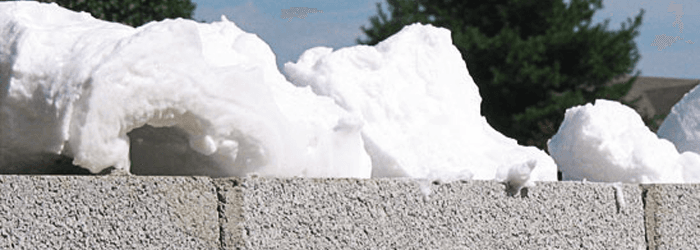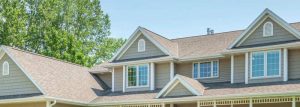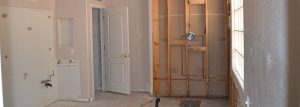Insulation makes it possible to be comfortable in extreme weather. Home construction building and energy codes now require insulation in all new home construction, that’s how important it is.
Insulating Older Homes
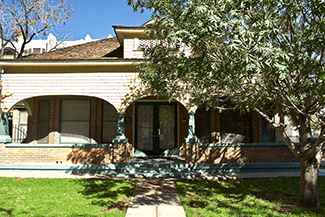 Such requirements were not always the case in Arizona. Masonry homes built prior to the 1940s did not have insulation. The 1950s and 1960s saw the beginning of insulated walls. Products like “rock wool” and “vermiculite” were installed in masonry (and some frame) homes as a nod to thermal control. The settling of these products has since rendered them ineffective.
Such requirements were not always the case in Arizona. Masonry homes built prior to the 1940s did not have insulation. The 1950s and 1960s saw the beginning of insulated walls. Products like “rock wool” and “vermiculite” were installed in masonry (and some frame) homes as a nod to thermal control. The settling of these products has since rendered them ineffective.
Codes requiring insulation weren’t introduced to major housing markets until about 1965. They were not the consistent, science-based codes we have currently.
Dennis Rodenburg with Thermal Advantage, a Rosie on the House Certified Partner, tells us that many of the older homes in Arizona, particularly masonry homes, are prime candidates to have insulation added. Insulating a home that was built before 1984 is a great way to increase the R-Value of your walls. The R-Value of a wall system measures the system’s resistance to heat infiltrating or exiting a structure.
“We believe masonry homes are preferable to frame as the block construction is a building material that stands the test of time with much less maintenance,” says Dennis. “The thermal mass that block provides is both a curse and a blessing as it transfers heat into your home long after the sun goes down.”
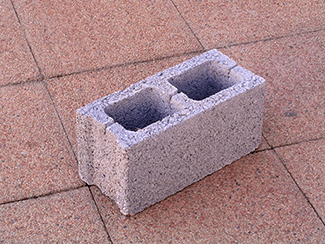
During the winter months we enjoy the additional heat gain block gives as it warms our homes naturally. During the warmer months heat is transferred from the sun. This process bakes the outer surface of the block. That heat will gravitate to the interior of your home.
Most block has a web-type construction. The hollow spaces conduct heat from outer surfaces to the opposite surface and then into your home. This “wicking’” action across the hollow spaces can be substantially reduced by filling the void with an insulating material. Dennis tells us that by injecting foam into these spaces, the R-Value of a wall can improve from a rating of two or less, to a rating of at least an R-11.
In the winter we want the heat to stay inside, in the summer we want it outside. The insulation works to meet both those requirements.
How Existing Homes Are Retrofitted With Insulation
Insulation needs to be introduced to an existing home without inflicting damage. Damage to block can be difficult if not downright impossible to repair as patches do not blend well with the original surface.
Thermal Advantage has developed a method to install insulation with minimal damage to the block walls. The process entails making an approximately 7/8-inch diameter hole about every two feet. These are made at shoulder-height around the home and done in the mortar joints exclusively, not in the masonry unit itself.
Typically blocks are laid down in a staggered block pattern. This exposes the internal cells, which are the voids created by the block’s webbing, to be accessible for the insulating product to be introduced.
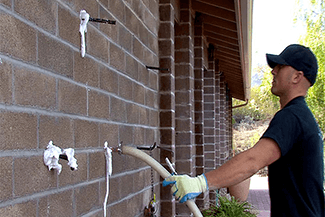
When existing rudimentary insulation materials are present, such as rock wool or vermiculite, that material is removed through a vacuuming process before the new insulation material is introduced.
The new material Thermal Advantage uses is a foam product. When injected into the block wall as a foam-like liquid, it will find its way, under pressure, into just about every nook and cranny inside that block wall. You can see this process in the video below. The foam fills all the voids horizontally and vertically throughout the wall system. The liquid nature of the foam, when first introduced into the space, allows the material to move in any direction, under pressure. The goal is to fill as many of the wall’s voids and any void larger than the foam’s molecules as possible. By maximizing the coverage, an old wall becomes a new barrier to significant thermal fluctuations.
The next step is to repair the small holes around the home that were made to install the insulation foam. Since these openings were made in the mortar joints, patching those joints is the next challenge. Mortar joints are simple to repair.
The challenge is to match the existing mortar’s color of an older home. Compounding this challenge is that weather, sun exposure, and landscape vegetation can make the color of the mortar vary. All exterior walls will age differently. This makes matching the color of each orientation the real trick of the trade. Dennis tells us that Thermal Advantage guarantees that their team will match the color.
If the block is painted, the option to touch-up the paint is given to the homeowner. This adds to the dollar savings. Should a homeowner choose not to do the touch-up, Thermal Advantage can do it for them.
The effectiveness of the process is evidenced in the reduced utility costs, and most importantly, in the increased comfort inside your home. We asked Dennis about testing. Processes such as thermal imaging can be used to see how well the installation process went. He says that those type of tests can be costly. The savings in air conditioning or heat costs, combined with the comfort level speak for themselves. Additional benefits will be a quieter home, less dust, and elimination of voids for pests to enter your home.
You could benefit from this expertise if your block home was built before the 1980s. Insulating a block home can add a layer of comfort no matter where you are in our state — high elevations or low desert.
YouTube | Insulating Block Walls with Foam Injection Insulation
###
CONTENT PARTNER | Thermal Advantage

Thermal Advantage specializes in premium block wall insulation, sloped ceiling insulation and sound control for homeowners and businesses in the state of Arizona. Improve your year-round comfort, reduce utility bills, dust and pests. Increase the value of your home. Thermal Advantage has been licensed by the Arizona Registrar of Contractors and insulating Arizona homes and businesses since 1998.
PODCAST
Improved comfort, reduced utility bills, dust and pest control plus noise reduction at price that will surprise you. Dennis Rodenburg of Rosie Certified of Thermal Advantage discusses these advantages of his foam application process for masonry built home and other applications.
Podcast Archive With Expanded Content and Resources
PHOTO CREDIT
- Thermal Advantage
- Shutterstock

